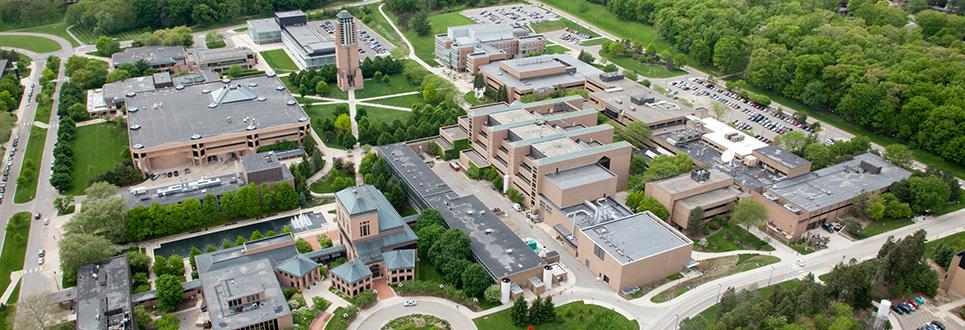Consolidating Loans


Students who have more than one federal student loan may want to consider combining the loans into one Direct Consolidation Loan. Consolidating different types of loans into one monthly payment can help borrowers better manage their loan repayment. But loan consolidation isn’t right for everyone. Weigh all of the information before you choose to consolidate.
A Direct Consolidation Loan combines one or more federal loans into a single loan with one interest rate and one monthly loan payment.
There are benefits to rehabilitating a defaulted loan BEFORE consolidation.
More information about considering loan consolidation can be found on the Federal Student Aid website or use the federal loan simulator.
The fixed interest rate of a consolidation loan is the weighted average interest rate on all the loans you are consolidating. See the federal Direct Consolidation Loans webpage for more information.
Remember that if you consolidate your Perkins, Health Professions, or Nursing Loans, you will lose the cancellation provisions of these loans. This could be disadvantageous for certain students, such as those who plan to serve in the Armed Services or Peace Corps. For information about Health Professions Loan and Nursing Loan cancellation, see your promissory note.
The easiest way to apply is online through the studentaid.gov website using your U.S. Department of Education FSA ID. You can request a paper application by calling 1-800-557-7392.
Sign in at studentaid.gov and either go to the My Account page to access the Loan Consolidation link or find the link under the Tools and Resources on the Home page. During the consolidation process, you will:
Student Loan Operations (Loans & Collections)
University of Michigan
6061 Wolverine Tower
3003 S. State Street
Ann Arbor, MI 48109-1287
734-764-9281
You may receive mail from private loan companies offering consolidation loans. Many of these solicitors use language implying that they are government-operated entities. They are not. These companies obtain your name from credit-reporting agencies such as Equifax, Experian, or TransUnion. You may stop them from sending these offers by visiting OptOutPrescreen.com and complete the opt-out process. For more information, see Privacy Choices for Your Personal Financial Information on the Federal Trade Commission website or visit the FTC's student loans page.